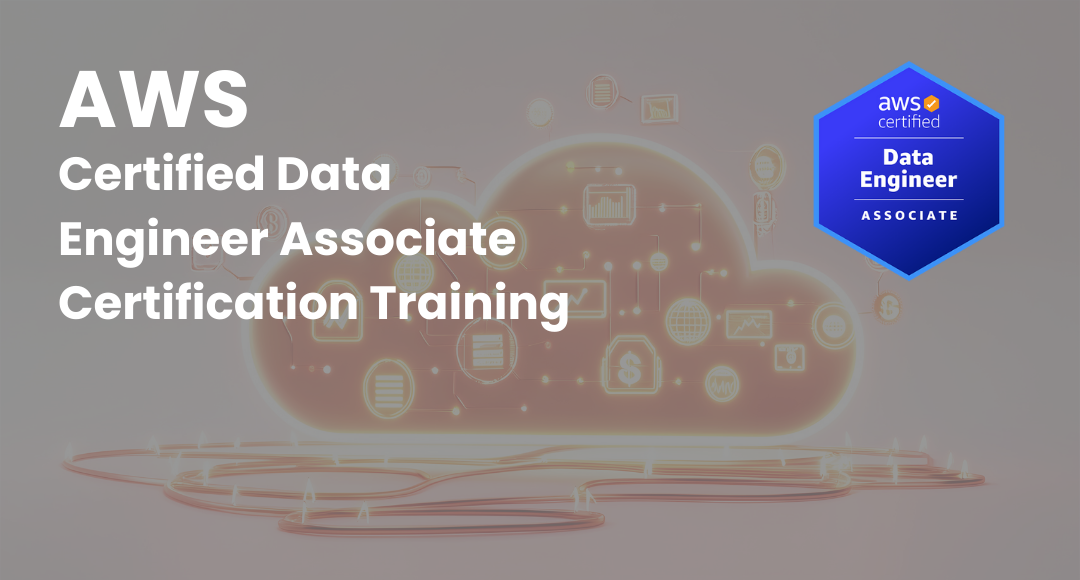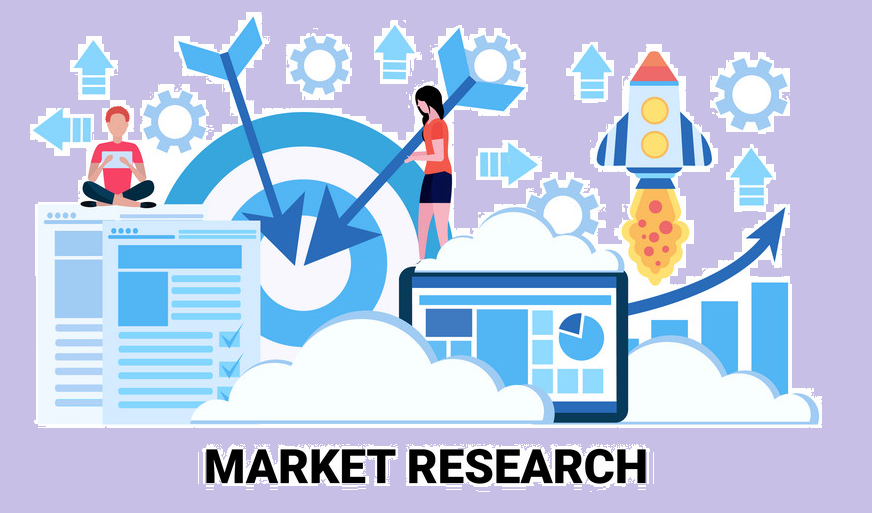What is Cloud Computing? - Fundamentals of Cloud Computing
-
 By Nandini
By Nandini - Published on Sep 4 2024

Table of Contents
Introduction to Cloud Computing
Cloud computing majorly involves the delivery of hosted services on the internet. The term cloud computing was derived, or rather was inspired, from the cloud symbol used in flowcharts to represent the internet.
There are different types of cloud computing, each representing a unique benefit offered on its own scale. And the major goal of cloud computing services is to offer easy, efficient, and speedy access to computing systems and IT services.
Cloud computing services can be classified into three categories:
• Software as a Service (SaaS)
• Infrastructure as a Service (IaaS)
• Platform as a Service (PaaS)
This categorization is done based on the delivery service model. Let’s talk more about SaaS, IaaS, and PaaS.

Software as a service, abbreviated as SaaS, is a software distribution model. It offers software applications on the internet called web services. Professionals can access web applications and services from any location using the SaaS model.
Infrastructure as a service, abbreviated as IaaS, is a cloud computing online service offering vendors storage options, servers, and networking services. It is used to get details of network infrastructure providers like AWS. These services tend to meet the workload needs of organizations by offering storage facilities in various options.
Platform as a Service, abbreviated as PaaS, is a cloud computing model that offers host development tools to users and organizations for cloud infrastructures. Users get access to these development tools over the internet. Features like APIs, online portals, or gateway software are involved.
History of Cloud Computing
Cloud computing came into existence somewhere between the 1950s and 1960s.
Large companies started using computers in the 1950s. It was a revolution for the growing industries. However, unlike the companies in the 2000s, those in the 1950s didn’t provide computers for every employee. There was a cost restraint involved. It was during the late 1950s and early 1960s that time-sharing was discovered. The idea was to use the processor time efficiently.
This resulted in better use of processing power and also reduced downtime. It also allowed users to use several features of computing mainframes at once. This whole instance led to the birth of shared computing resources, which in turn served as the base for modern cloud computing.
Difference between Private Cloud and Public Cloud
The basic feature that separates a public cloud and a private cloud is that public cloud services are open to anyone on the internet for buying but private cloud services aren’t. A private cloud is more of a proprietary network that offers hosted services to only a small number of people. It is secured with features like passwords and permission settings.
Public Cloud
Public cloud services are usually offered by third-party suppliers and are accessible to everybody via the internet. These clouds provide scalable resources, such as computing power and storage, that can be changed in response to demand. Virtual machines and databases are among the services provided by well-known cloud providers like AWS, Microsoft Azure, and Google Cloud Platform. Because shared infrastructure lowers costs, public cloud computing is a great option for enterprises that need flexibility and quick scalability without investing a lot of money.
Private Cloud
In contrast, private clouds are reserved for a certain company. They may be hosted by a third-party supplier or on-site. Better security, privacy, and control are offered by this paradigm since the infrastructure is not shared with other organizations. Businesses with severe security standards or certain regulatory needs can benefit from private clouds since they offer customized environments and more control over data and apps.
Hybrid Cloud
A hybrid cloud model, which combines public and private clouds, is the choice of many enterprises. With this strategy, companies may use public cloud scalability for less sensitive data while keeping private cloud security and control for crucial processes. A hybrid cloud can provide a well-rounded solution that is flexible and economical, satisfying a range of objectives.
How does Cloud Computing Work?
Cloud computing allows users/clients to access data using the internet. They can get information from databases using remote servers. Here the internet network connection plays a vital role. It bridges the two ends of the process – front end and the back end. It facilitates efficient of data exchange. The data stored in back end is accessed by the front end. The entire process of access and flow of information between the front end and the back end is handled by central server.
Examples of Cloud Computing Models:
- Google Docs, Microsoft Office 365
- Google Emails
- Skype
- WhatsApp
- Google calendar
- Zoom calling
All of these are cloud based service models. These serve as good examples of modern storage solutions as opposed to traditional web hosting. Let’s find out in what ways cloud computing is different from traditional web hosting.
Unlike traditional web hosting, cloud computing gives users and option to use as much of a service as they want. The service is offered based on the demand instead of a standard model. Cloud computing model follows the pricing model that is based on time.
Cloud Computing Top Benefits
Cloud computing offers numerous benefits for organizations and users using the service. Some of them are:
- Reduced costs: The usage of cloud infrastructure has proven to be a cost-effective option for several organizations. With cloud computing, businesses can cut down expenses in areas like hardware, equipment, utilities, and more. Many enterprises use a Multi-Cloud FinOps Platform, along with Ai finops, to gain better cost visibility and control over cloud and AI workloads, helping manage spending across infrastructure and services more effectively.
- Less manpower: With use of cloud services, companies need not build and manage data centers that need personal supervision.
- Reduces downtime: As discussed earlier, Cloud computing cuts down on downtime. It helps in better use of programming time.
- Flexibility: Information stored in cloud can be easily accessed by users from any part of the world. They can get access to the stored data using any device connected to the internet. This eliminates the use of other storage devices.
- Increased productivity: Cloud computing enables employees to work better and faster. It allows them fast access to resources. Employees can retrieve or store data efficiently and on the go.
- Better data safety: Cloud computing has significantly reduced risks of data loss. Organizations no longer have to worry about data loss caused by device related issues. The data stored in cloud can be accessed from any device and from anywhere. This helps in better disaster management and faster data recovery.
The data stored in the cloud can be accessed from any device and from anywhere, helping with better disaster management and faster data recovery. Additionally, tools like CSPM solutions help ensure cloud environments are properly configured and monitored, reducing the risk of breaches due to misconfigurations.

Popular Cloud Computing Vendors
In the recent years, with rise in demand for cloud services, several players have joined the market. Most popular vendors whose services are trusted and used worldwide are,
- Amazon Web Services (AWS)
- Google Cloud Platform
- Microsoft Azure
- IBM
- Apple
- Oracle Cloud
- VMware
- SAP
Future of Cloud Computing
Several organizations are migrating to public clouds. The rise in digital transformation is pushing companies to keep up. With the vast amount of data being generated, used, and transformed, better storage options are in demand. This resulted in the rapid adaptation of cloud computing by organizations all over the world. The use of the public cloud has become prominent for the same reason.
Popular cloud computing service providers like Amazon, IBM, VMware, and others are working relentlessly to meet the growing demand. This has led to a rise in demand for cloud professionals like cloud architects, cloud engineers, and others.
Cloud Computing has become an essential skill in the IT industry. With organizations moving to cloud infrastructure, professionals with cloud computing skills are getting hired and promoted easily. This makes it clear that gaining cloud computing skills pays off.
If you’re looking to start a career or level up your career in cloud computing, getting certified would be your best bet. Enrolling in cloud computing courses will help you learn the fundamentals of cloud computing in a short time. The certification you receive will add value to your resume.
Sprintzeal offers internationally recognized certification courses for aspiring cloud professionals all over the world. Below are the most trending courses offered by the most trusted training provider in the world, check out the list and find your fit.
AWS Solution Architect Certification
AWS Developer Associate Certification
AWS SysOps Associate Certification
To get full details about the best cloud computing courses, you can reach us at Click Here or directly chat with our course expert online.
FAQs
What are Cloud Computing Fundamentals?
The basic idea behind cloud computing is pay-as-you-go computer services, such as storage, processing power, and apps, delivered over the internet. It offers flexibility and scalability by enabling users to access and administer resources from any part of the world.
What are the Fundamental Principles of Cloud Computing?
The core principles of cloud computing are:
- On-Demand Self-Service
- Broad Network Access
- Resource Pooling
- Rapid Elasticity
- Measured Service
What are the Characteristics of Cloud Computing?
Key characteristics of cloud computing are:
- On-Demand Self-Service
- Broad Network Access
- Resource Pooling
- Rapid Elasticity
- Measured Service
What are the Benefits of Cloud Computing?
- Cost Efficiency
- Enhanced Scalability
- Global Accessibility
- Reduced Maintenance
Subscribe to our Newsletters
Popular Programs
AWS Certified Solution Architect Professional
Live Virtual Training
- 4.5 (300 + Ratings)
- 44k + Learners
AWS Certified DevOps Engineer Certification Training
Live Virtual Training
- 4.7 (400 + Ratings)
- 7k + Learners
Microsoft Azure Administrator Associate AZ-104
Live Virtual Training
- 4.8 (560 + Ratings)
- 66k + Learners
Microsoft Azure Infrastructure Solutions (AZ-305)
Live Virtual Training
- 4.3 (560 + Ratings)
- 3k + Learners
Trending Posts
DevOps Career Path – A Comprehensive Guide for 2026
Last updated on Jul 13 2022
The Invisible Infrastructure Powering Tomorrow’s Apps
Last updated on Jan 12 2026
Scalability in Cloud Computing Explained
Last updated on Mar 9 2023
Cloud Engineer Salary - For Freshers and Experienced in 2026
Last updated on Apr 10 2023
What Is Edge Computing? Types, Applications, and the Future
Last updated on Dec 6 2024
Types of Cloud Computing Explained
Last updated on Apr 7 2023
Categories
- Other 71
- Agile Management 48
- Cloud Computing 57
- Project Management 174
- Big Data 67
- Business Management 88
- Digital Marketing 81
- IT Service Management 29
- Programming Language 59
- AI and Machine Learning 85
- IT Security 112
- Quality Management 78
- IT Hardware and Networking 26
- Microsoft Program 5
- Workplace Skill Building 14
- Risk Management 9
- Information Security 8
- Leadership and Management 9
- Corporate Training and Development 1
Trending Now
Azure Vs Aws - Which Technology Is Better
ebookThe Impact of Internet of things on Marketing
ebookAWS Lambda - An Essential Guide for Beginners
ebookCareer in Cloud Computing or Cyber Security
ebookImpact of AWS Certification On Cloud Computing Jobs
ebookAmazon Certifications: List of Top AWS certifications in 2026
ebookAWS Interview Questions and Answers 2026
ebookAmazon Software Development Manager Interview Questions and Answers 2026
ebookAWS Architect Interview Questions - Best of 2026
ebookHow to Become a Cloud Architect - Career, Demand and Certifications
ebookAWS Solutions Architect Salary in 2026
ebookAmazon EC2 - Introduction, Types, Cost and Features
ebookAWS Opsworks - An Overview
ebookAzure Pipeline Creation and Maintenance
ebookCI CD Tools List - Best of 2026
ebookTrends Shaping the Future of Cloud Computing
ebookContinuous Deployment Explained
ebookDevOps Career Path – A Comprehensive Guide for 2026
ebookTop Kubernetes Tools in 2026
ArticleBenefits of Cloud Computing in 2026
ebookJenkins Interview Questions and Answers (UPDATED 2026)
ArticleA Step-by-Step Guide to Git
ArticleScalability in Cloud Computing Explained
ebookIoT Security Challenges and Best Practices-An Overview
ebookHow to Learn Cloud Computing in 2026 - A Brief Guide
ArticleCloud Engineer Roles and Responsibilities: A complete Guide
ebookTypes of Cloud Computing Explained
ArticleCloud Engineer Salary - For Freshers and Experienced in 2026
ArticleEssential Cybersecurity Concepts for beginners
ebookWhat is a Cloud Service - A Beginner's Guide
ebookTop 3 Cloud Computing Service Models: SaaS | PaaS | IaaS
ArticleWhat is Private Cloud? - Definition, Types, Examples, and Best Practices
ebookWhat Is Public Cloud? Everything You Need to Know About it
ArticleTop 15 Private Cloud Providers Dominating 2026
ebookWhat Is a Hybrid Cloud? - A Comprehensive Guide
ebookCloud Computing and Fog Computing - Key Differences and Advantages
ebookAzure Architecture - Detailed Explanation
ArticleMost Popular Applications of Cloud Computing – Some Will Shock You
ArticleTips and Best Practices for Data Breaches in Cloud Computing
ArticleWhat Is Edge Computing? Types, Applications, and the Future
ArticleMust-Have AWS Certifications for Developers in 2026
ArticleSalesforce Customer Relationship Management and its Solutions
ArticleCutting-Edge Technology of Google Cloud
ArticleSpotify Cloud: Powering Music Streaming Worldwide
ArticlePublic Cloud Security Checklist for Enterprises
Article12 Best Managed WordPress Hosting Services in 2026
ArticleLatest Azure Interview Questions for 2026
ArticleTop Coding Interview Questions in 2026
ArticleLatest Cloud Computing Interview Questions 2026
ArticleSafe file sharing for teams: simple rules that work
ArticleMy learning path to become an AWS Solutions Architect
ArticleClient Server Model—Everything You Should Know About
ArticleWhat Is Microsoft Azure? A Complete Cloud Computing Guide for 2026
ArticleDocker Tutorial for Beginners: Containers, Images & Compose
ArticleGit Merge vs Rebase: Differences, Pros, Cons, and When to Use Each
ArticleThe Invisible Infrastructure Powering Tomorrow’s Apps
Article


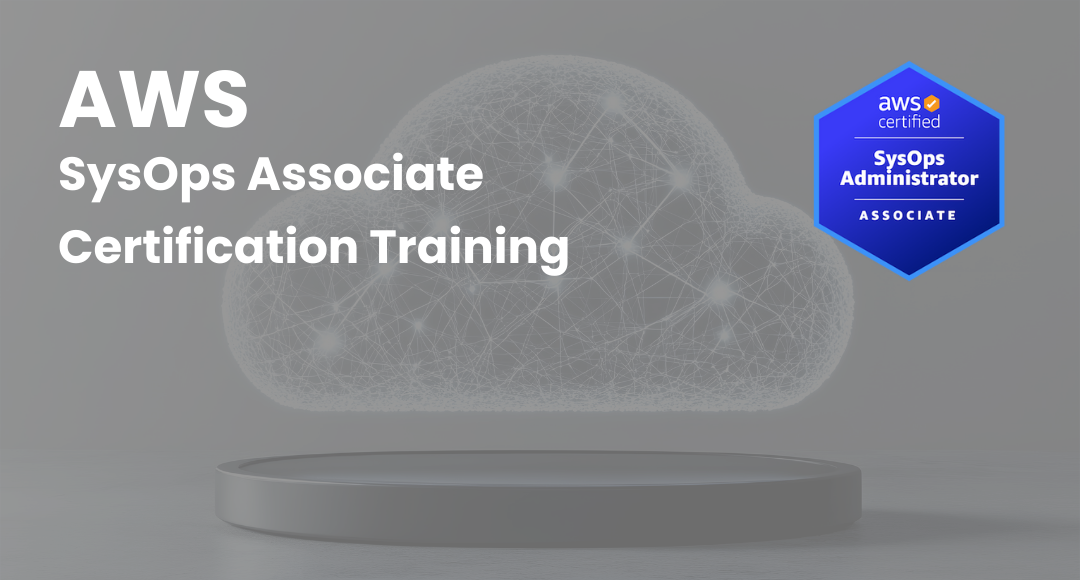

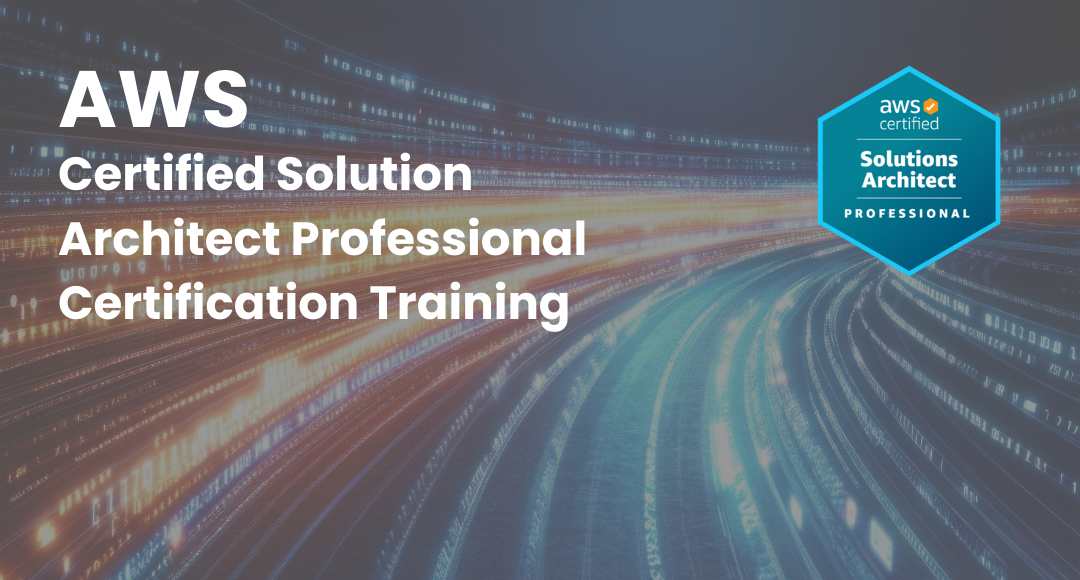


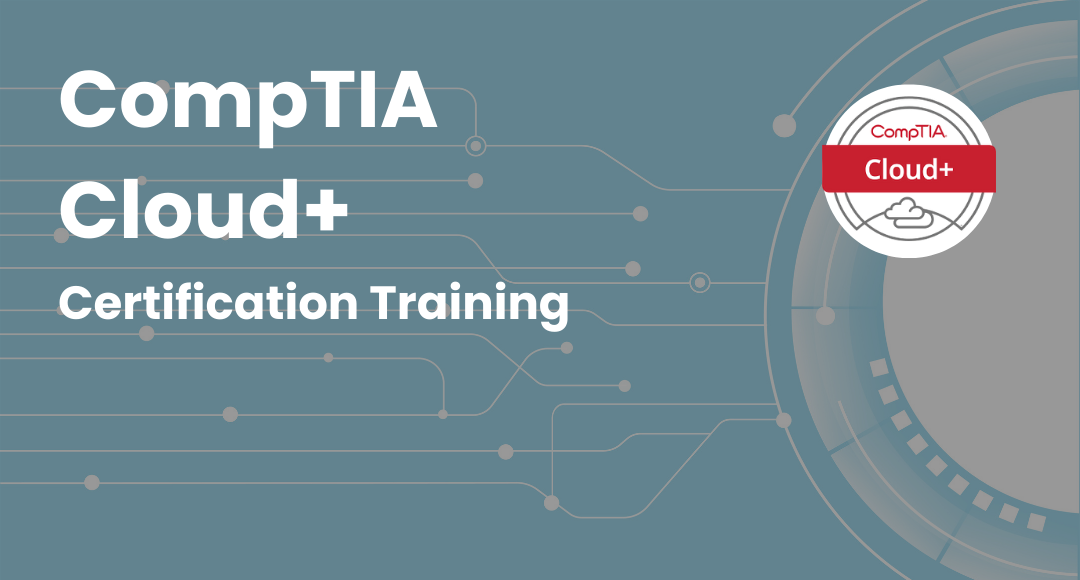
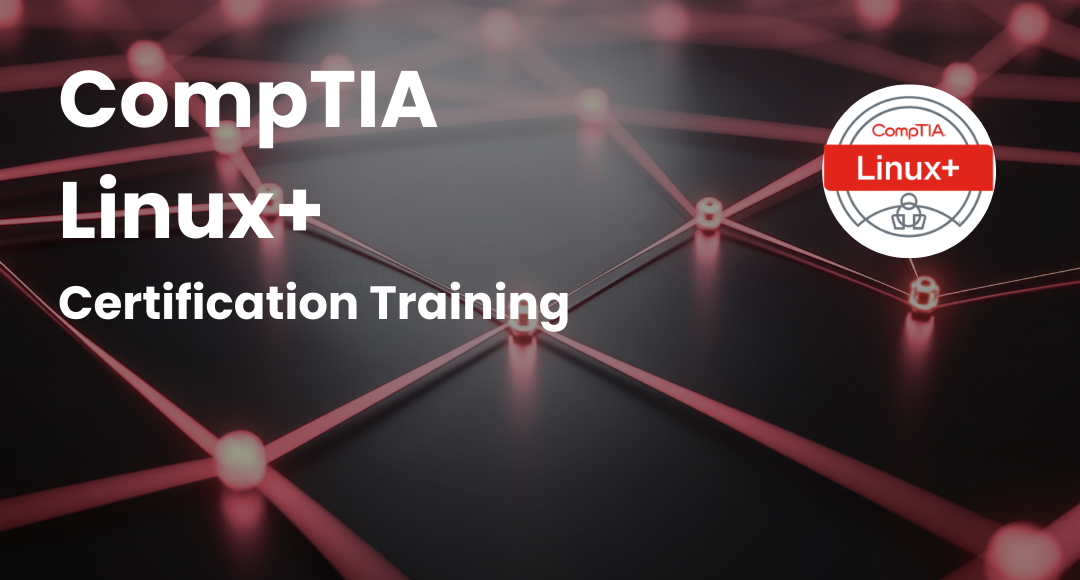
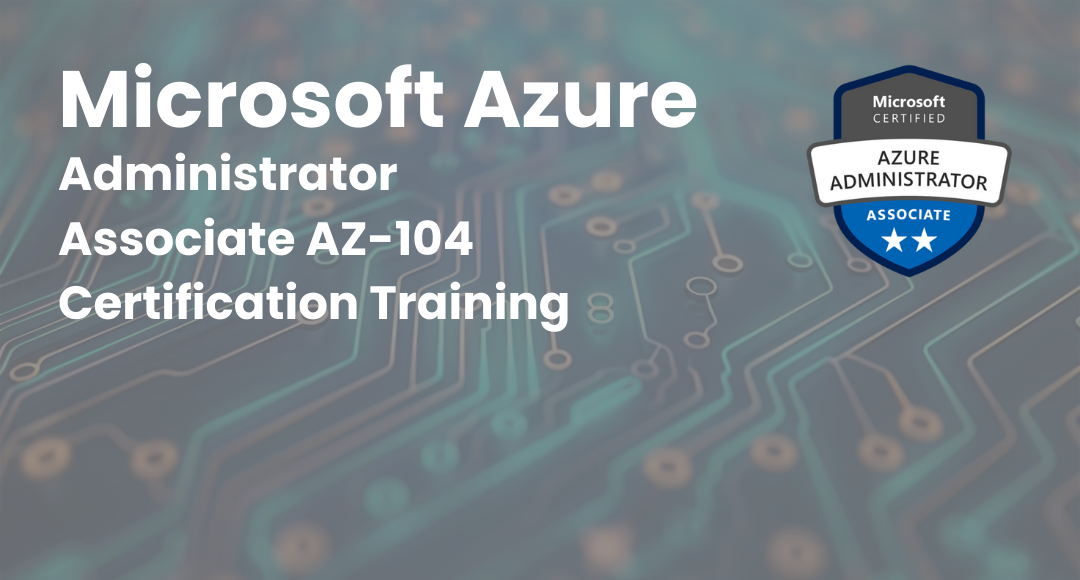
.png)
